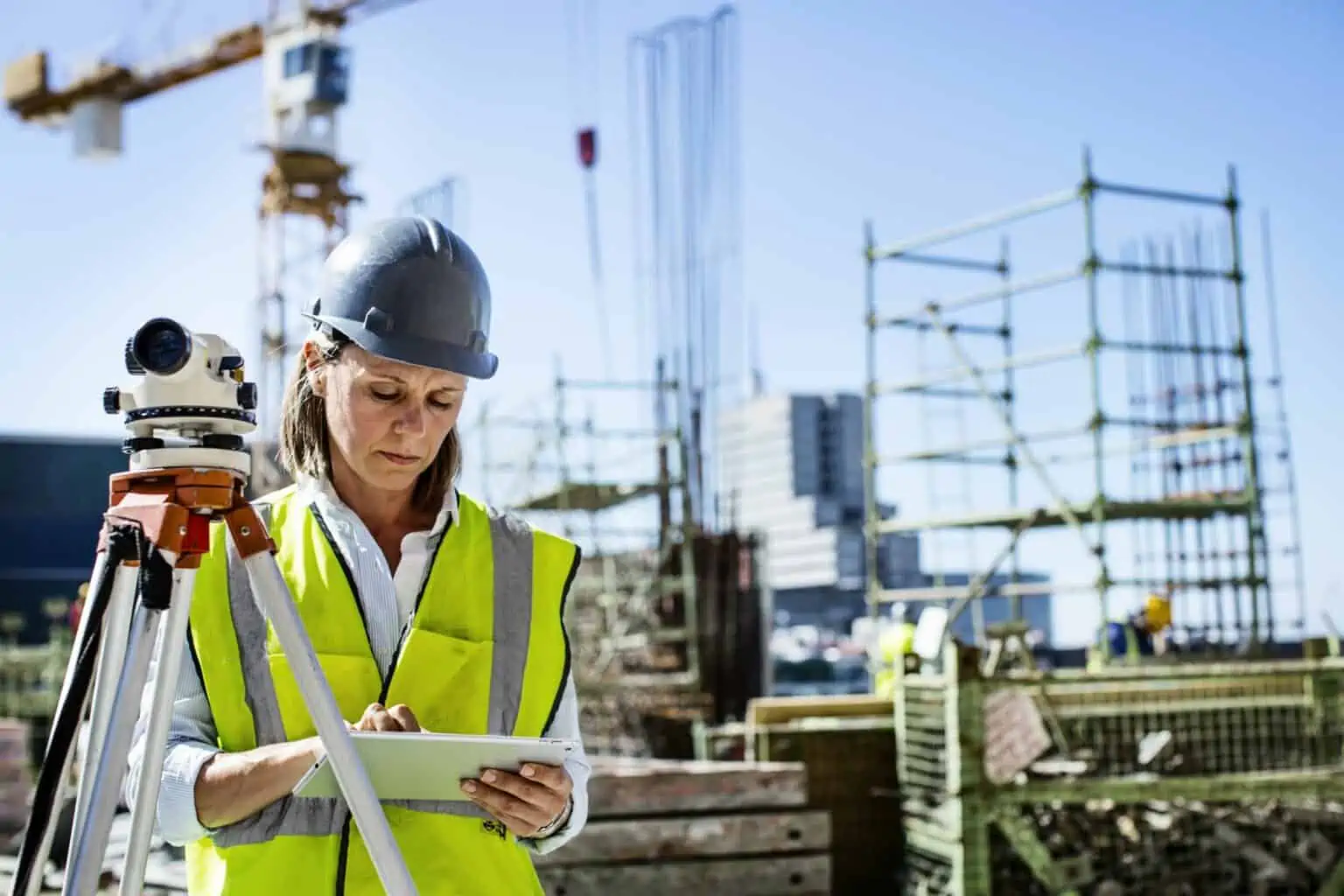What is urban sprawl and how does it affect our lives?

“Urban sprawl” is a term that refers to the chaotic expansion of cities, where the urban area expands into neighboring rural areas, usually with low population density and poorly developed infrastructure. Most of the time, this phenomenon causes the expansion over a larger land than needed, thus reducing the quality of life and causing environmental problems such as air and water pollution, loss of natural habitats and biodiversity. At the same time, getting around the city is becoming more difficult as people are forced to move further and further away from jobs, education, and other essential services. This is because the majority will prefer to live in less crowded areas, returning, however, to the city to fulfill the most frequent needs.
In order to properly address this problem, an analysis of the phenomenon of urban sprawl and its effects is needed, as well as the proposal and implementation of solutions so that it can be controlled more easily.
The factors that determine the uncontrolled expansion of cities

Cities that expand in this way will also have sustainability issues, such as energy efficiency, as they will need more resources to support population and infrastructure growth. In addition, the social impact is also major, as the authorities will focus more on building new urban neighborhoods on the outskirts of the city than on renovating or revitalizing those already existing within it, thus encouraging social inequality.
However, there are some factors that encourage urban sprawl, including:
- population growth – as cities generally expand in order to have enough space to accommodate the growing population.
- real estate development – by expanding businesses and building new properties in rural areas surrounding cities.
- accessible car mobility allows people (wanting to have cleaner air, peace, proximity to nature) to access housing with more spacious gardens and grounds outside the city.
- public policies are those that encourage or allow the expansion of cities, through subsidies for real estate development, but also through the lack of clear and specific rules to limit urban expansion.
- inadequate or unadapted urban planning to the city’s needs often omits densely populated residential areas and considers only those with large plots of land.
These factors, along with many others, can contribute to the expansion of cities in a chaotic and unplanned way, which can lead to problems related to the environment, quality of life, mobility, and additional costs.
Reasons why it is important to monitor the effect of urban sprawl

To understand this phenomenon in all its complexity, we need to monitor and control how it manifests itself. Moreover, against the backdrop of climate change, the expansion of cities can have a negative impact on the environment, affecting natural habitats, biodiversity, and air and water quality, increasing, under these conditions, greenhouse gas emissions.
Moreover, the quality of life in such urban settlements decreases, as cities that expand disorganized will generate mobility problems for its inhabitants, such as congested traffic, and long-standing time in traffic. In addition, other aspects related to limited access to health or educational services will be affected. Thus, the costs related to infrastructure, the expansion of roads, utilities and the provision of basic public services will also increase. And communities suffer, as people hardly create a connection or group cohesion, specific, for example, to neighbors.
On the other hand, energy efficiency is more difficult to achieve, as sprawling and low-density cities need more energy to support population and infrastructure growth, which can lead to greater reliance on fossil fuels, and to a greater emission of greenhouse gases. In this way, sustainability issues will arise, which will continue to accelerate negative climate change.
Measures that can be implemented to limit the phenomenon of urban sprawl

Therefore, it is necessary to take measures at a collective level to monitor and control the process of urban sprawl and identify which are the most vulnerable areas prone to it. Through an optimal urban planning that involves the planning of mixed residential areas, or even the restriction of real estate development in certain areas adjacent to the cities, the first steps in this direction can be taken. Tax regulations to discourage housing on these lands will help, imposing either additional taxes or tax breaks on developers who expand outside densely populated cities.
Public transport can be improved, thereby reducing dependence on cars, traffic jams, and their effects – time lost in traffic, stress, fatigue and more. Equally, more attention must be paid to the conservation of natural habitats by developing more parks and green spaces within cities to meet people’s need to retreat to places where they can enjoy nature more. It is also important for local governments to consider investing in green infrastructure, such as cycle paths and pedestrian walkways, to encourage walking and cycling. Thus, the local communities will benefit from more attention, but it is important that they are also included in the planning and decision-making process related to the development of the city.
Although there is no single recipe to control urban sprawl, it is important to adopt an integrated solution that takes into account all aspects of city development. In the h4l neighborhoods, we encourage the enlivening of life inside the cities, with an emphasis on green spaces (which occupy more than 33% of the area of the neighborhoods), trying to inspire the fact that even in the city, an optimal balance can be found between the dynamics of urban areas and the comfort of specially created spaces for quality time and harmony.
References:
- Urban sprawl in Europe – Joint EEA-FOEN report (European Environment Agency)
- britannica.com
- nature.com
- oecd.org
- everythingconnects.org